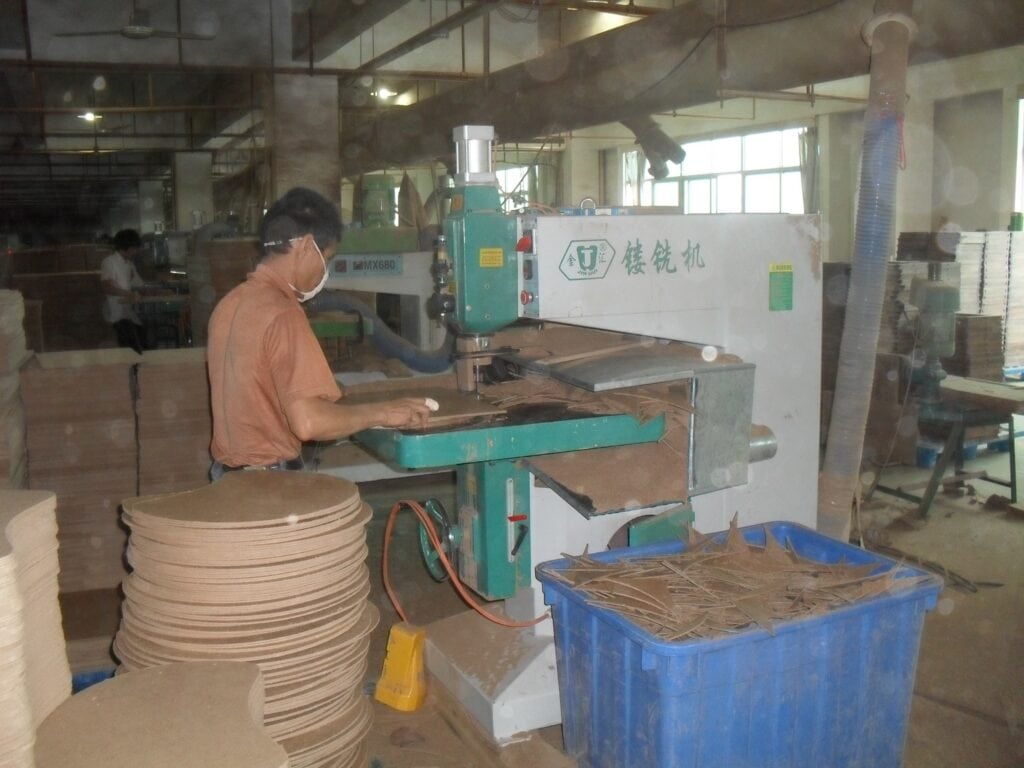Asia Manufacturing Cost Drivers Report- 1/16

Asia manufacturing cost driver prices showed mixed trends in the first month of 2016. Plastics were up mostly in price while rubber prices continued to drop. Carbon steel & stainless grades were mixed while Aluminum and other metals were most down while wood, paper, ceramics, labor, freight and textiles were mostly unchanged. Energy prices continued to drop and the US Dollar continued to strengthen.
Specifically:
PLASTICS & RUBBER
Almost all General Purpose Plastic resin prices moved up in price by 3%-8% on average in January except PET & PVC which moved down by 7% & 1% respectively. Year-over-year, most prices are still significantly lower on average by over 14% with the exception of PET which is up in price by 4%.
Engineering Grade Plastic showed mixed price trends in January with ABS & POM stable, PA6 down by another 5% while Nylon & PC moved up in price by over 7% on average. Year-over-year price for all engineering resins are down in price on average by over 10%, except ABS which is up slightly.
Rubber prices continued strongly favorable trends in January down on average by over 5% and all prices remain well below last year’s levels by 16%-39%.
METALS
Carbon Steel prices were mixed in January, with cold rolled down another 2% – 5% on average, while hot rolled prices & steel wire moved up by 2%-8%. Year over year, all prices saw significant movements which are down across the board by an average of 30%.
Likewise, Stainless Steel prices were mixed in January, with 420 & 430 grades moving up by 1%-2% on average while other grades remained unchanged. Year-over-year stainless prices are lower by over 15% on average except stainless steel 410 grade which is higher by over 12% compared with one year ago.
Aluminum prices dropped another 1.8% down on average in January and remain lower on average by 20% with the exception of Aluminum 6061, bucking the trend, which is now priced over 21% above one year ago.
In other metals, Zinc, Copper & Copper were all down in price in January by another 2%, while Nickel’s price jumped by another 1% following December’s unexpectedly shot up by over 20%. Year-over-year, though, Brass, Copper & Nickel all remain well below last year’s levels by 20% on average, led by Nickel which is down over 36% in price.
WOOD, PAPER, TEXTILES & CERAMICS
Wood prices were still unchanged in January and remain about 2% lower than year ago prices.
Prices for Paper stocks were unchanged in January. Year-over-year, Kraft & Cardboards remain higher by about 1%-8%, while Corrugated & Art Paper are back to even with year ago prices.
In Textile Fabrics only Cotton & 100% Polyester Fabric saw changes in prices, down by another 5% on average in January, while all prices are lower by over 6% on average versus one year ago.
Except Alumina which moved up in price by 2% the rest of Ceramics Raw Materials prices were flat in January. Year over year, Feldspar, Kaolin & Alumina Quartz are down by 2%, 3% & 37% respectively, while Quartz bucks the trend, up by over 10% versus one year ago.
LABOR, ENERGY, FREIGHT, CURRENCY
In Asian labor rates, the Thailand and Bangladesh labor rates were unchanged in January and year-over-year, while China Labor rates were stable in January but up over 8% versus one year ago.
After the favorable downward trends in December, Energy prices remain a significantly lower trends in January, down by another 9% on average. Year-over-year, all fuel prices are significantly lower in price on average by over 37%.
Ocean Freight rates were stable in January, however several carriers were threatening a GRI in March. Year-over-year freight rates from China ports are down over 16% to the west coast and 33% to the east coast.
Asian Currencies were mostly weaker against the US Dollar in January except the Bangladesh Taka which strengthened by a fraction. Year-over-year, all Asian Currencies were weaker against the US Dollar by close to 6%.
MANUFACTURING COST INDEXES
As for PMI indexes, all index signaled a contracting economy in the first month of 2016, the two China PMI indexes showed contradictory numbers with the China Purchasing Managers Index moved down from 49.7 to 49.4 and the HK China Purchasing Managers Index moved up from 48.2 to 48.4, while the USA Purchasing Managers Index moved fractional positive from 48.0 to 48.2.
China Imports & Exports rose by another 14% on average in December while year over year, both imports and exports are down by 8% & 2% respectively versus one year ago. (data lags by one month).
The China Producer Price Index (PPI) was unchanged again in December while the China Consumer Price Index (CPI) was up by a fraction. For the year, the PPI is down by over 2% while the CPI is down only fractionally. (data lags by one month).
For additional details, please refer to the Asia Manufacturing Cost Driver charts that follow or contact one our Operations Specialists for more information.
